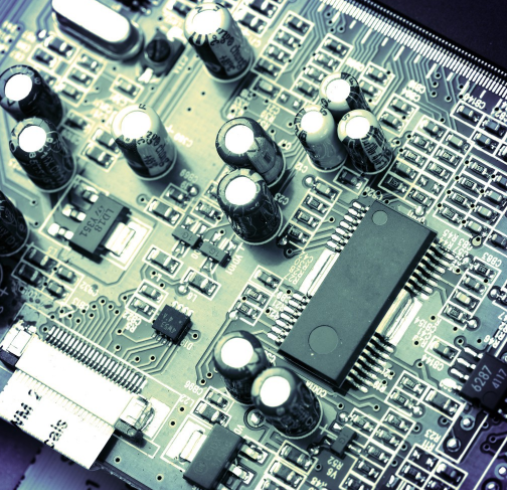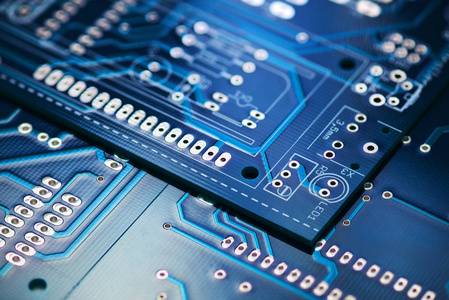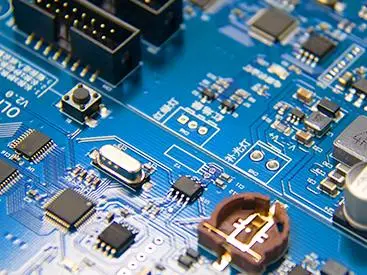
Determine whether PCB electronIC components are counterfeit products
The harm of counterfeit electronIC components to consumers PCBA circuit board Next, you will encounter how to determine whether electronic components are counterfeit
If you only order a few PCB electronic components, you can use a variety of methods to check whether each electronic component is genuine or fake. Even if you encounter components that you believe may be fraudulent, you can still use these technologies, even if you handle a large amount of money. You will find a series of methods below.
To use some of these technologies, you need several tools. You should have a microscope that magnifies at least 30 tiMES. It is also useful to have a high-quality CAMera. You can take pictures of parts and send them to external sources for verification. You also need a solvent (such as acetone) or a mixture of 3 parts mineral oil and 1 part alcohol. This is a method to check whether electronic components have forged evidence.
Visual inspection of packaging and labels
Circuit board

First, visually inspect the labels on PCBA packaging and parts Compare these aspects with the original component manufacturer or other components of the same model known to OCM to find any differences between them Check the following for signs of counterfeit parts:
-Find spelling errors and error information on labels.
-Check that the part and date code on the label match the date and code of the part itself.
-Check whether the part code matches the part code used by OCM and ensure that it is correct.
– Make sure that the date code is meaningful, for example, it will not be too far in the past or even in the future.
– Ensure all necessary items are included. For example, components sensitive to moisture should be provided with dry packaging and humidity instruction cards.
-Look for incorrect or sloppy logos.
– Make sure you use the same font as OCM.
-Check whether the country of origin is reasonable and whether the designated country of origin matches the country code on the part.
Check PCBA components
Next, continue to examine the components in more detail. This step will display instructions about the part manufacturing pipe based on whether the part is real or not.
-Check the parts for dents. Legal manufacturers usually indent parts to place them or as part of the molding process. These dents should be uniform, which means they should be clean, round and of uniform depth. Otherwise, the component may be counterfeit. OCM will not normally paint the interior of these dents. Different products of the same model shall be the same. The counterfeiters sometimes grind the part surface to remove the original MARK on the surface of the integrated circuit, so as to distribute it as a high-quality part. Then, they sometimes add some information to make it reappear. This process, known as "power failure", may cause these dents to appear shallow in some areas. They may also leave a dent in the asphalt. These new dents look rough inside, indicating they are false.
-Check the thickness and edges of PCBA components, which can be changed by grinding. Because of the polishing used to eliminate the original code, some fake electronic components are thinner than the real ones. If you observe the forging, you may also notice that the edge is uneven, the product in some areas is thinner than that in other areas, or the surface is unusually shiny and polished. These signs may also be evidence of polishing. Using a microscope, sometimes signs of directional grinding can be seen.
-Check the pins of the assembly. If you have real parts for reference, make sure that the distance between the pins is appropriate. If the article is genuine, the exposed metal will also be clean and not oxidized. The pin should not be scratched. It looks like pink and silver, a little dark. In fake parts, they may also look unusually new and shiny.
-Check the texture and appearance of the surface PCBA components Many parts are made of high quality plastic and glass This mixture produces peaks, troughs and textures Black paint spots on these peaks and valleys are smoother than sandpaper This difference is almost invisible to the naked eye, but can be distinguished with a sufficiently sturdy microscope Through practice, it will be easier to find differences You should also be aware of multiple textures in an area, such as indentations or textured letters
然后
联系
电话热线
13410863085Q Q

微信

- 邮箱











